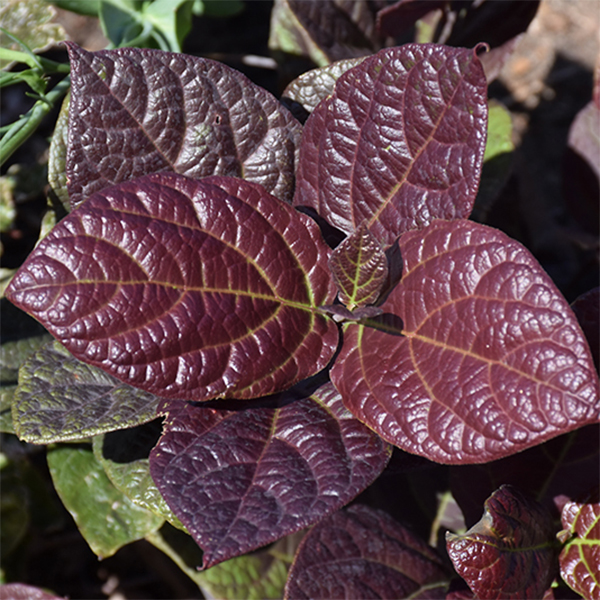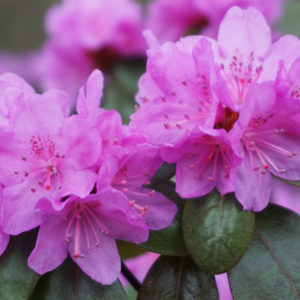Fall brings an explosion of color to New England’s landscapes with vibrant foliage in hues of yellow, orange and red, along with bright berries in a wide array of colors from white through pink, orange, red, black and even the eye-catching purple of beautyberry. While oak leaf hydrangea, itea, viburnum, aronia, fothergilla, enkianthus, sumac and Chinese witch hazel have been described in an earlier blog, the following shrubs also offer seasonal color and perhaps a more unusual selection to round out the growing season.
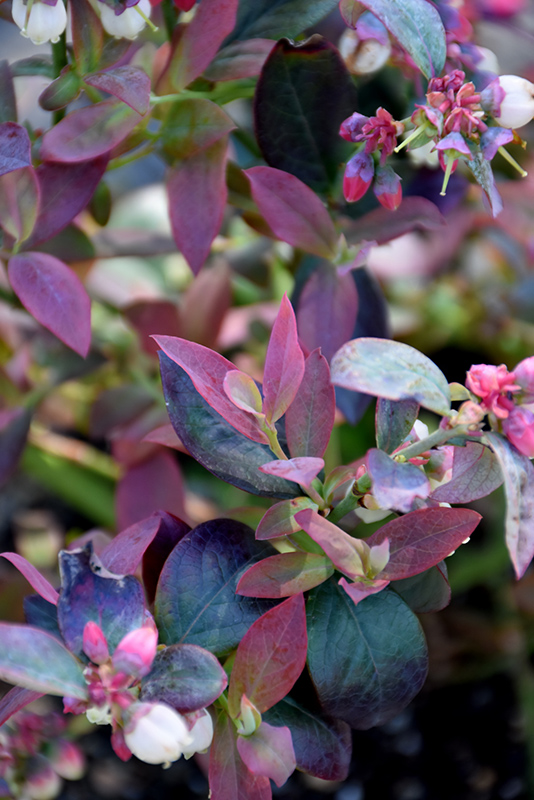
Blueberry, vaccinium spp., is primarily thought of for its delicious berries, but in fall its foliage turns fiery colors making it a plant that has ornamental as well as culinary uses. Both high and low bush blueberries give good fall color, and compact cultivars such as those from the Bushel and Berry® range are ideal for containers and a pop of fall color at the front of ornamental beds.
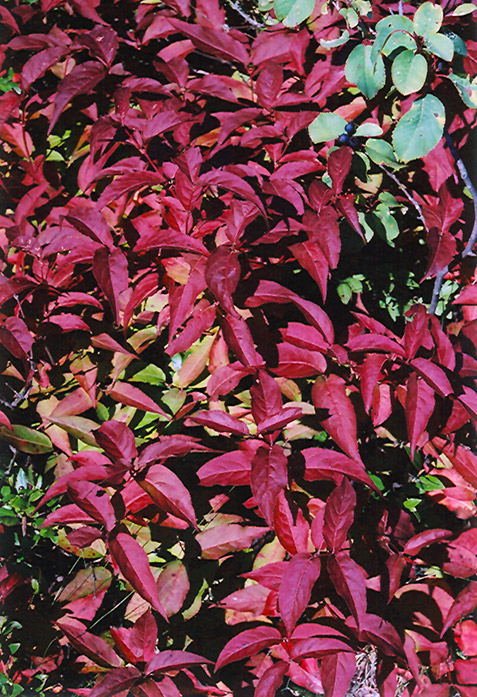
Bush honeysuckle, diervilla lonicera, is a native shrub that is quietly growing in popularity. Growing around 3-4’ tall with clusters of yellow tubular flowers, its green foliage will turn shades of orange, red and purple in the fall. Growers have further enhanced its foliage by breeding cultivars that have golden, bronze or burgundy leaves during the summer, creating different visual interest from the fiery tones of fall.
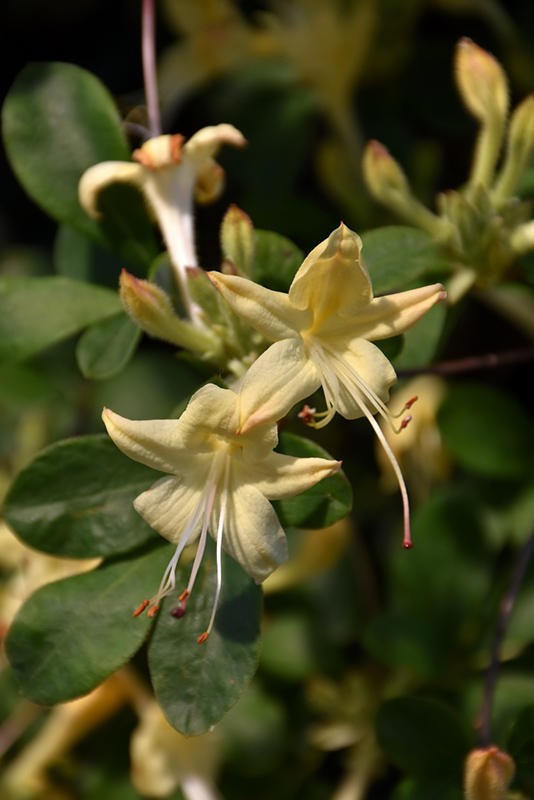
Deciduous azaleas are another group of shrubs that offer intense fall color. Whether choosing natives such as swamp, roseshell or royal azaleas, reliable hybrids such as those from the Northern Lights series or those bred by Weston Nurseries which include Weston’s Innocence, Weston’s Lemon Drop and Ribbon Candy these wonderful shrubs with perfumed flowers add an autumnal flourish before winter’s chill.
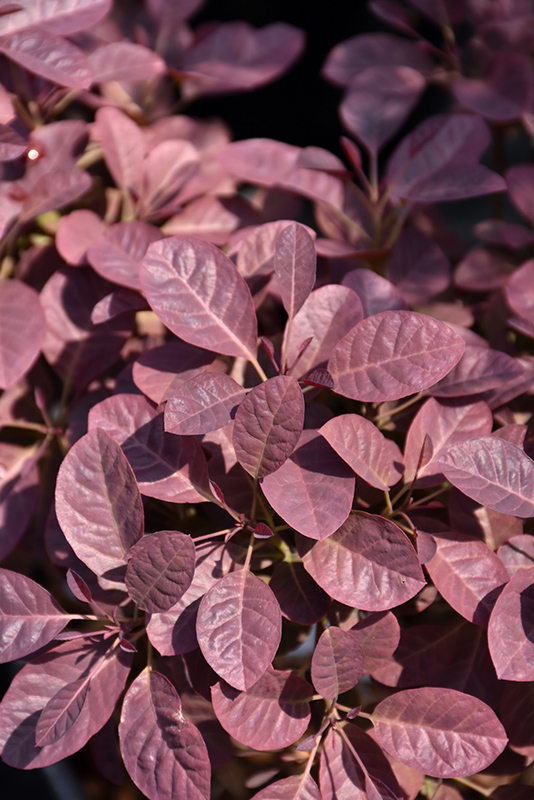
Smokebush, cotinus spp. is another shrub that is grown for its colorful foliage, whether the rich purple of varieties such as Royal Purple and Velveteeny™ or the bright chartreuse green of Golden Spirit which brighten gardens during the summer months. Come fall smokebush leaves taken on a bright range of fiery hues.
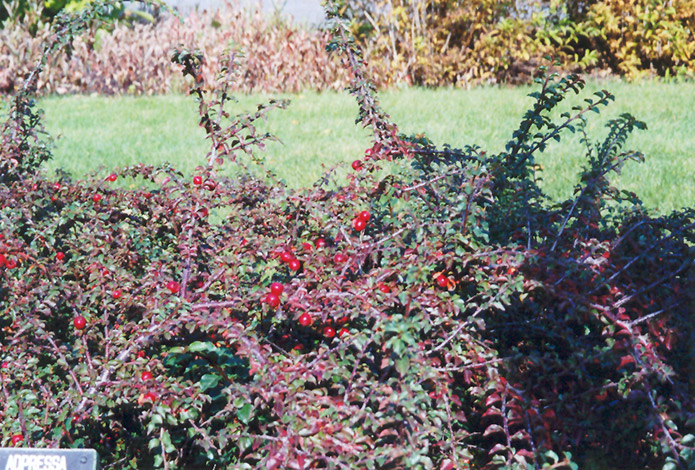
Cotoneaster is a group of trees and shrubs ranging from the size of a small tree down to dense, low-growing groundcover. Whether evergreen or deciduous, they all share the characteristics of small white flowers which are followed by red fruits. Fall color comes in shades of red and purple, whether the plant in question keeps its leaves or not.
While we tend to think of fall foliage in shades of orange and red, some plants offer golden yellow as their autumnal hue, and these last two shrubs are great examples of this feature.
Sweetshrub, calycanthus, is a large native shrub with fragrant red flowers and broad aromatic green leaves. In fall the leaves of sweetshrub turn a lovely golden yellow, which complements the orange and red tones of other deciduous shrubs and trees.
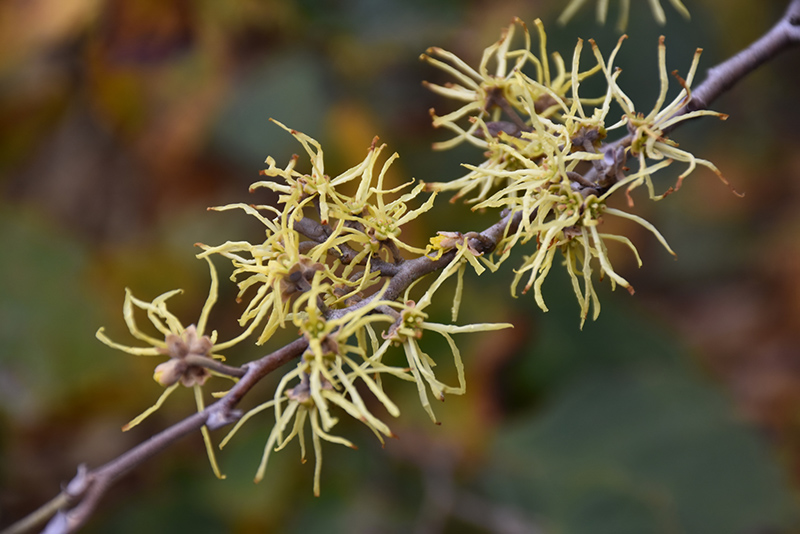
Common witchhazel, hamamelis viginiana, is another large shrub that produces yellow foliage in fall. The interesting fact about this plant is that it also blooms in fall, with clusters of wispy yellow flowers that on warm days scent the air. Depending on weather conditions, the flowers can either occur at the same time as the leaves turn yellow, or will follow leaf drop, in which case their delicate beauty can be readily appreciated.


